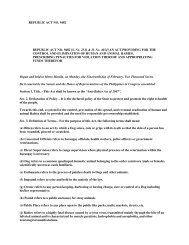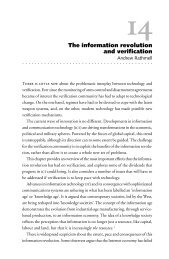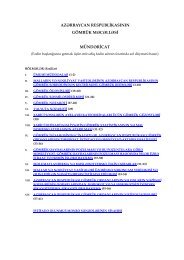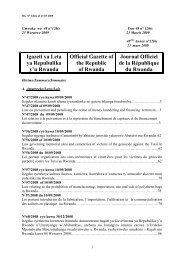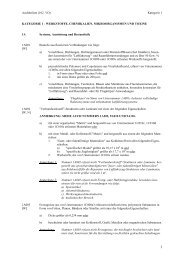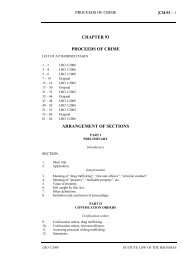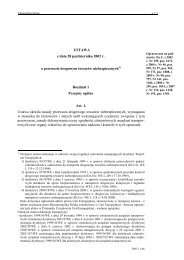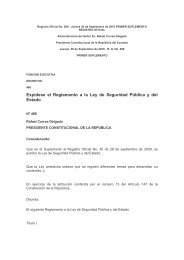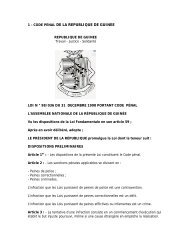East African Community Customs Management Act, 2004 - VERTIC
East African Community Customs Management Act, 2004 - VERTIC
East African Community Customs Management Act, 2004 - VERTIC
Create successful ePaper yourself
Turn your PDF publications into a flip-book with our unique Google optimized e-Paper software.
No. 1 <strong>East</strong> <strong>African</strong> <strong>Community</strong> <strong>Customs</strong> <strong>Management</strong> 2005a seller not related to the importer at a given cost, the value of the element is that cost.If the element was produced by the importer or by a person related to the importer, itsvalue would be the cost of producing it. If the element had been previously used bythe importer, regardless of whether it had been acquired or produced by such importer,the original cost of acquisition or production would have to be adjusted downward toreflect its use in order to arrive at the value of the element.3. Once a value has been determined for the element, it is necessary to apportionthat value to the imported goods. Various possibilities exist. For example, the valuemight be apportioned to the first shipment if the importer wishes to pay duty on theentire value at one time. As another example, the importer may request that the valuebe apportioned over the number of units produced up to the time of the first shipment.As a further example the importer may request that the value be apportioned over theentire anticipated production where contracts or firm commitments exist for thatproduction. The method of apportionment used will depend upon the documentationprovided by the importer.4. As an illustration of the above, an importer provides the producer with a mouldto be used in the production of the imported goods and contracts with the producer tobuy 10,000 units. By the time of arrival of the first shipment of 1,000 units theproducer has already produced 4,000 units. The importer may request the proper officerto apportion the value of the mould over 1,000 units, 4,000 units or 10,000 units.Subparagraph 1(b)(iv)1. Additions for the elements specified in paragraph 9(1)(b)(iv) should be based onobjective and quantifiable data. In order to minimize the burden for both the importerand proper officer in determining the values to be added, data readily available in thebuyer's commercial record system should be used in so far as possible.2. For those elements supplied by the buyer, which were purchased or leased bythe buyer, the addition would be the cost of the purchase or the lease. No addition shallbe made for those elements available in the public domain, other than the cost ofobtaining copies of them.3. The ease with which it may be possible to calculate the valued to be added willdepend on a particular firm's structure and management practice, as well as itsaccounting methods.4. It is possible for example, that a firm which imports a variety of products fromseveral countries maintains the records of its design centre outside The Partner Statein such a way as to show accurately the costs attributable to a given product. In suchcases, a direct adjustment may appropriately be made under the provisions of paragraph9.5. In another case, a firm may carry the cost of the design centre outside the PartnerState as a general overhead expense without allocation to specific products. In thisinstance, an appropriate adjustment could be made under the provisions of paragraph9 with respect to the imported goods by apportioning total design centre costs over178



